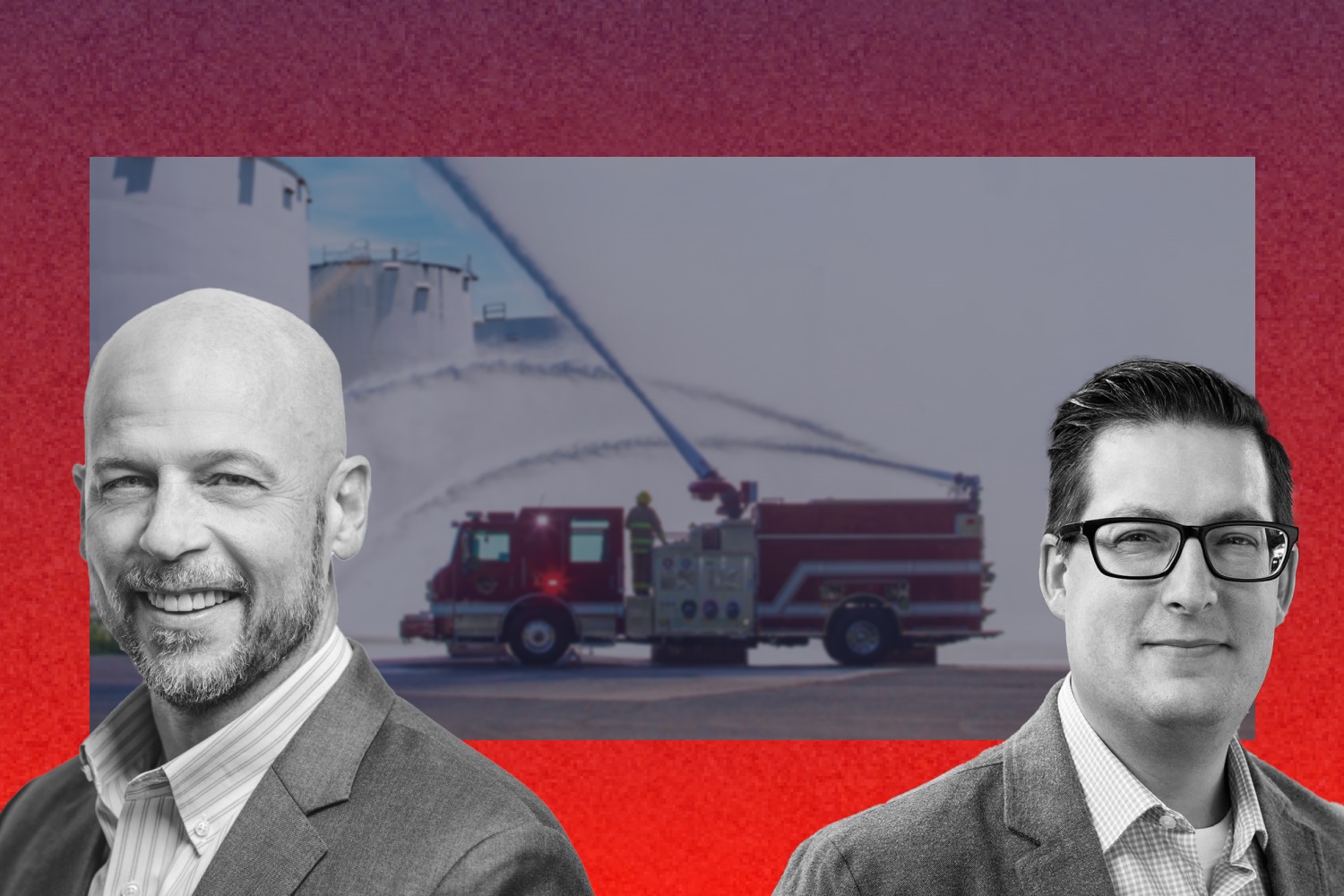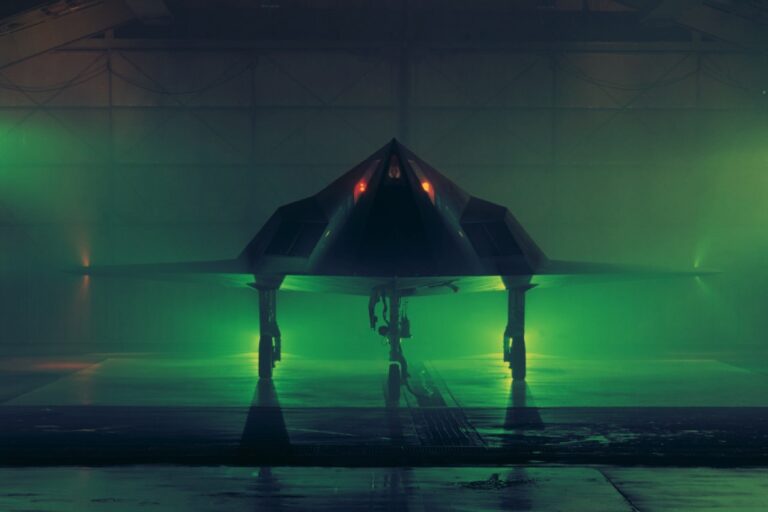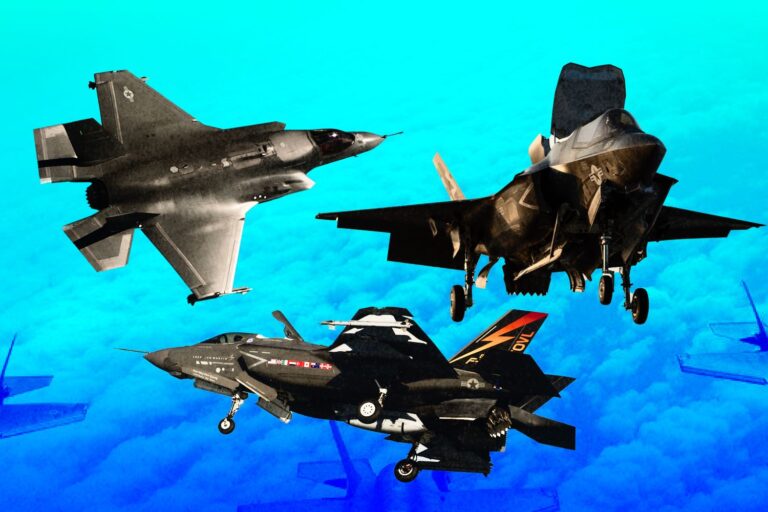Burning Questions: The Financial Flames of America’s Firetruck Industry
As the wailing sirens and flashing lights of firetrucks pierce through the air, racing to the scene of emergencies, there’s a complex network of industry players working behind the scenes to ensure these crucial vehicles are not only functional but cutting-edge in their design and technology.
The business of crafting and maintaining America’s firetrucks involves a myriad of stakeholders, from renowned manufacturers shaping the industry’s landscape to local governments allocating budgets for public safety.
Oshkosh: From Old Betsy to Wartime Contributions
Between 2012 and 2021, the United States witnessed a staggering 353,000 home fires, an additional 117,000 in various buildings, not to mention countless vehicle and outdoor blazes.
The aftermath of these fires is both sobering and costly — nearly 3,000 lives lost, more than 11,000 injuries, and an economic toll surpassing $8 trillion.
In the face of such adversity, America’s 27,000 fire departments, harboring an arsenal of approximately 200,000 firefighting trucks, stand as the frontline guardians of public safety.
Known as a powerhouse in the realm of purpose-built vehicles, Oshkosh is more than just a firetruck manufacturer; it’s a superstore of utility on wheels, producing everything from news vans and mail trucks to garbage trucks and construction lifts.
John Pfeifer, a representative of the company, underscores the critical nature of their work, stating, “We serve people in our communities who are doing the toughest work. Really hard work, dangerous work.”
Let’s explore the intricate history of Oshkosh Corporation’s century-spanning heritage in more detail.
In the annals of innovation, two visionaries, William Besserdich and Bernhard Mosling, emerged with groundbreaking four-wheel-drive designs that would shape the course of history.
Their collaborative efforts culminated in the establishment of the Wisconsin Duplex Auto Company on May 1, 1917. Fueled by a shared commitment to making a difference, the duo secured funding to bring their revolutionary four-wheel-drive truck prototype, affectionately named Old Betsy, to life.
The success of the Old Betsy prototype marked a pivotal moment, propelling the company’s early growth and setting the stage for a remarkable journey. In response to the soaring demand for their powerful first production series Model A truck, the Wisconsin Duplex Auto Company relocated to a larger facility in Oshkosh, Wisconsin.
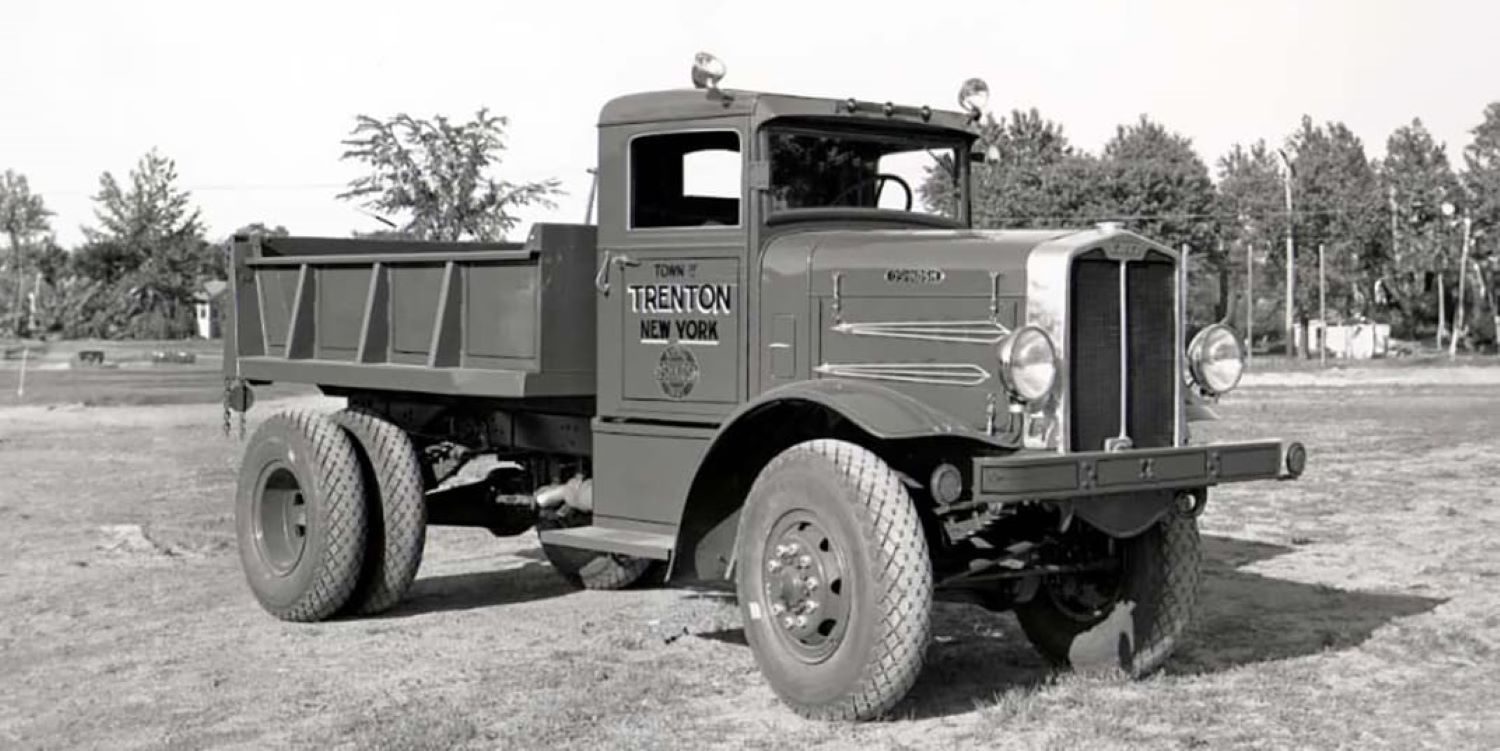
This transformative move also signaled the evolution of the company into the Oshkosh Motor Truck Manufacturing Company.
In 1950, Oshkosh Corporation secures its inaugural major defense contract in 1950, tasked with the production of 1,000 WT-2206 snow removal vehicles.
Initially designed to assist the Air Force, the WT-2206 quickly finds applications in supporting commercial aircraft, facilitating quicker and more reliable journeys to the skies.
Building on its legacy of reliability, Oshkosh Corporation achieves another milestone in 1953 by delivering its inaugural Aircraft Rescue and Firefighting (ARFF) vehicle to the U.S. Coast Guard.
Constructed on the dependable W-800 chassis, this vehicle exemplifies Oshkosh’s commitment to innovation and safety. As the first of its kind for the U.S. Coast Guard, this delivery reinforces Oshkosh’s reputation as a trusted provider of specialized vehicles, setting the stage for further advancements in the field of emergency response and fire protection.
Oshkosh’s commitment to innovation and adaptability became even more apparent during the tumultuous years of 1943 to 1945. In response to the needs of the U.S. military, Oshkosh secured a significant contract to manufacture and deliver 988 robust W-Series snowplow trucks.
In 1996, Oshkosh Corporation marked a significant expansion in its capabilities with the acquisition of Pierce Manufacturing, Inc. Established in 1913, Pierce Manufacturing had become a prominent industry supplier known for its commercial and highly customized firefighting apparatus and vehicles.
Three years later, in 1999, Oshkosh Corporation further bolstered its capabilities with the acquisition of Kewaunee Fabrications, a renowned expert in fabrication. This move brought more than 200 experts from Kewaunee Fabrications into the Oshkosh family.
The primary objective was to leverage Kewaunee’s fabrication proficiency to support Pierce Manufacturing’s innovations in firefighting apparatus. This strategic acquisition aimed to enhance Oshkosh’s capacity to develop specialty components for its diverse line of firefighting and emergency response vehicles.
In 2003, against the backdrop of the ongoing war in the Middle East, Oshkosh Corporation played a crucial role in supporting the U.S. Armed Forces. Thousands of Oshkosh Heavy Tactical Wheeled Vehicles (TWVs) were deployed to the Middle East.
These vehicles, numbering around 6,500, were chosen for their proven capabilities in providing protection, mobility, and reliability in severe and challenging environments.
The financial trajectory of Oshkosh Corporation mirrors its capacity for growth and adaptation. Between 2002 and 2022, the company’s sales soared from $1.7 billion to an impressive $8.3 billion.
Crafting Firefighters’ Arsenal: The Art and Innovation Behind Pierce’s Fire Trucks
Pierce Manufacturing stands as a stalwart in the world of fire apparatus manufacturing, leading the pack among the 28 companies affiliated with the Fire Apparatus Manufacturers Association since 1939.
With a history steeped in innovation, Pierce has played a pivotal role in shaping the modern fire engine, with its designs and breakthroughs reverberating across the industry.
In 1958, Pierce etched its name in the annals of firefighting history by introducing the first fire truck with an articulating boom, aptly named a snorkel.
This pioneering move marked a significant leap forward in firefighting technology, showcasing Pierce’s commitment to pushing the boundaries of what a fire truck could achieve.
Financial success swiftly followed innovation, as the company achieved a milestone in 1959, surpassing $1 million in sales for the first time.
Over the ensuing decades, Pierce continued to evolve, introducing key innovations in every facet of their vehicles. The iconic chevron striping that now adorns the back of fire trucks, a ubiquitous feature on roads today, first made its appearance in an early Pierce product.
Fast forward to the present, and Pierce continues to make waves in the industry. The company proudly boasts the creation of North America’s first zero-emission fire truck, a remarkable feat given the inherent challenges of electrifying large vehicles, primarily due to the sheer size of the required battery.
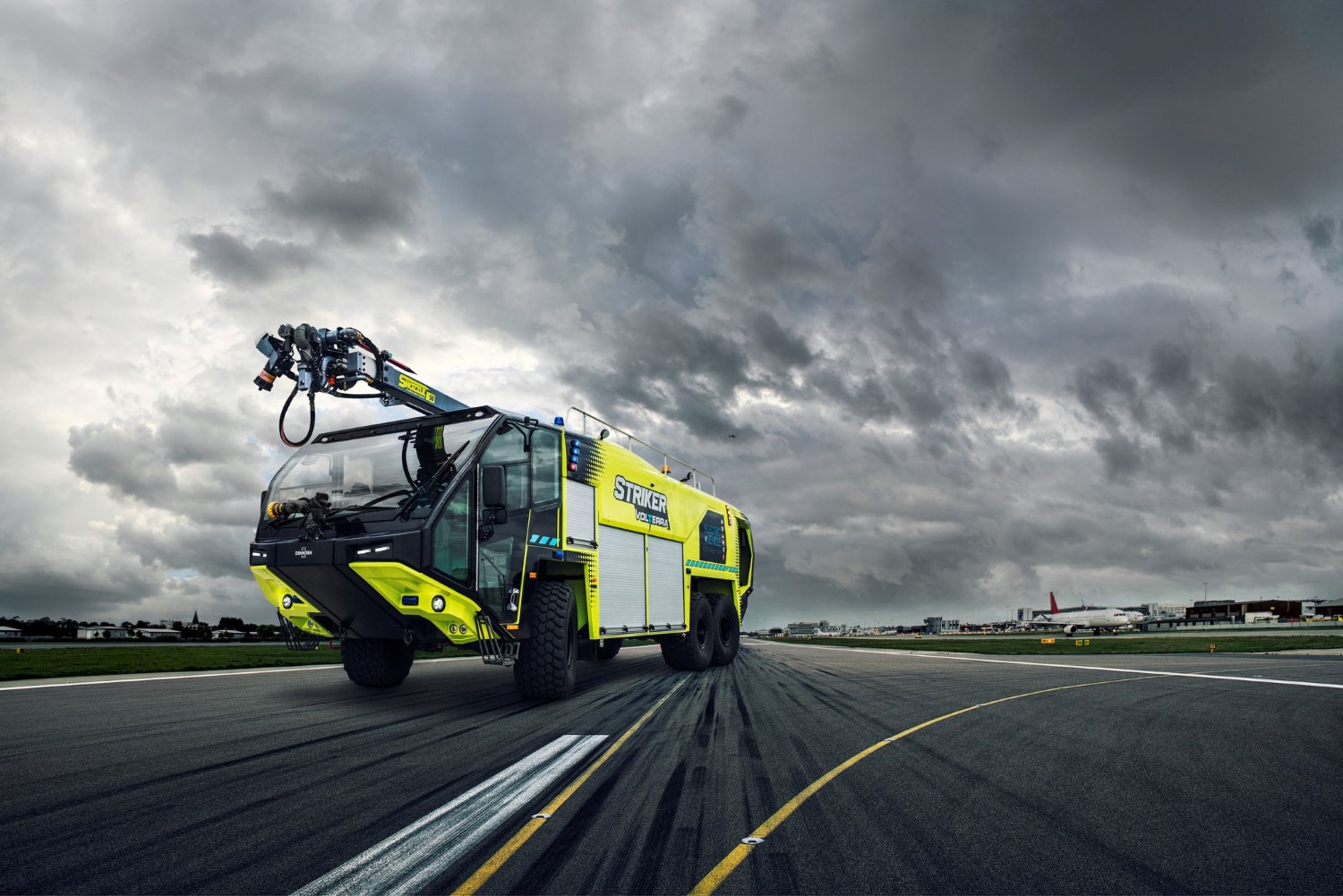
Each Pierce fire truck is a bespoke masterpiece, a custom creation tailored to the specific needs of fire departments.
The intricate process of building a single vehicle span approximately 11 to 14 weeks, from the initial cutting of sheet metal in the factory to the moment it is ready for customer pickup. This meticulous craftsmanship ensures that each fire truck is not just a vehicle, but a precision-engineered tool designed to meet the demands of the firefighting profession.
The customization extends beyond functionality to aesthetics, as Pierce offers a staggering 987 different colors in its paint catalog, including more than 300 shades of red.
Navigating the complexity of fire truck construction, Pierce manages a multifaceted supply chain that offers a plethora of options in drivetrains, axles, pumps, lighting systems, and beyond.
How Oshkosh’s Gotten Through the Supply Chain Difficulties
While Oshkosh has experienced significant success, it has also faced challenges, notably in supply chain disruptions and rising costs, impacting its production and delivery capabilities.
These issues have resulted in a revised outlook for the fourth quarter of fiscal 2021, with lower revenues and profits than initially forecasted.
The difficulties stem from significant disruptions in the supply chain and logistics, coupled with escalating costs, affecting the timely production and delivery of machines.
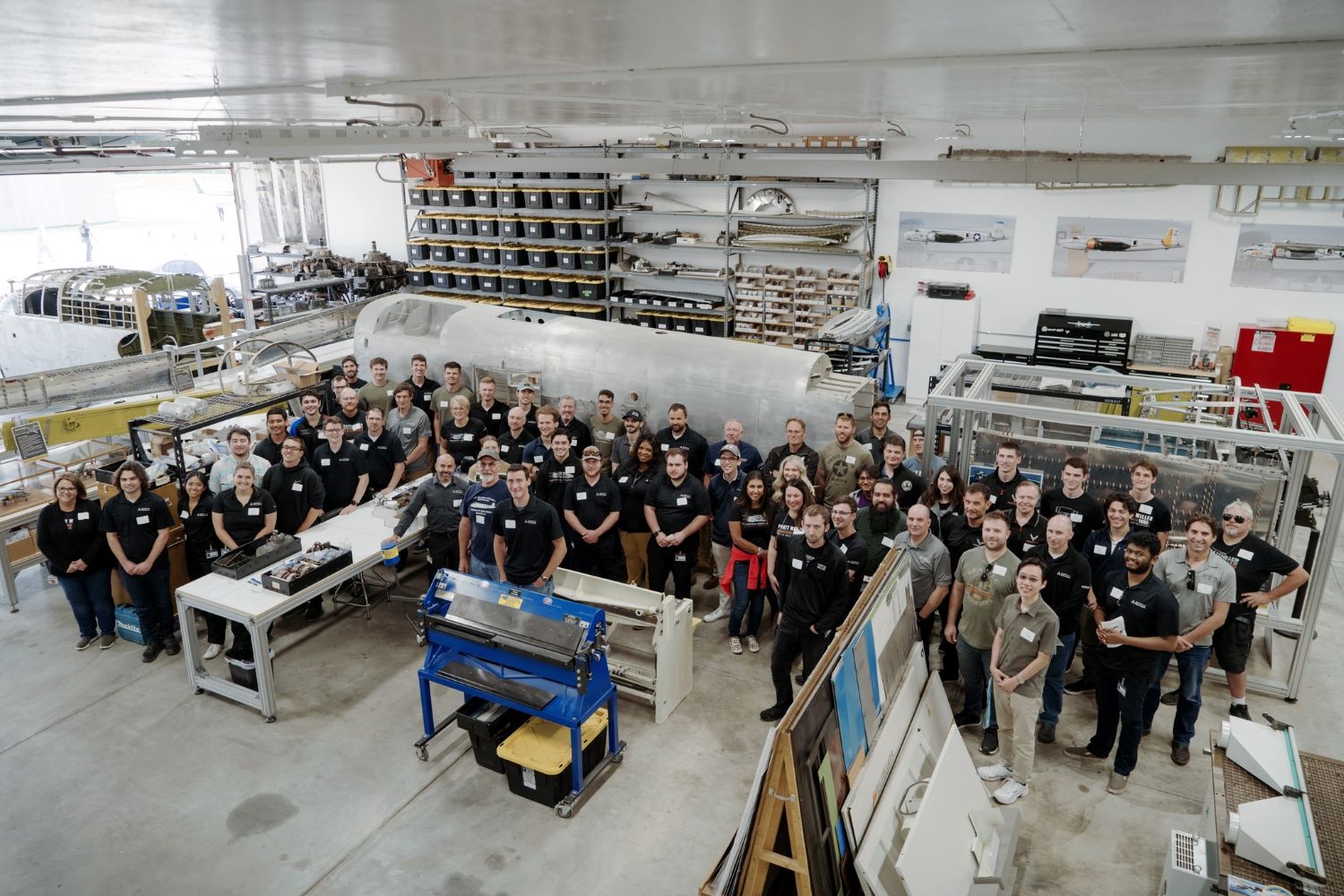
Oshkosh highlighted the paradox of robust demand amid the unavailability of essential parts, leading to inefficiencies in labor. The company particularly emphasized its commitment to overcoming unprecedented challenges in raw material inflation and freight cost escalation.
Despite grappling with these challenges, Oshkosh remains steadfast in its dedication to meeting customer demand. The company has implemented multiple price increases in its non-defense segments over the past six to nine months, aiming to counter the impact of rising input costs.
John Pfeifer emphasized the proactive approach the company has taken to address the evolving situation.
Pfeifer acknowledged that the pricing actions are expected to cover higher input costs, but due to existing backlogs, the full realization of these adjustments may not occur until the end of the second quarter of Calendar 2022. The company remains vigilant, ready to take additional pricing actions if cost escalation persists.
Looking ahead, Oshkosh anticipates challenging conditions to persist. However, despite the short-term pressures, the company maintains a positive outlook for its businesses. Oshkosh expects robust customer demand to continue, particularly in its Access Equipment, Fire & Emergency, and Commercial segments.
“We deal with so many various suppliers that we still stumble across those one-offs, so we still muscle through those things. The strategies which we’re employing are things like dual sourcing, where we’re promoting those suppliers ourselves that actually have a consistent delivery schedule. We know which suppliers are going to create problems for us. We know which ones are going to help us”. – Bob Schulz – President of Pierce Manufacturing – shared.
Despite the challenges posed by high inflation and ongoing supply chain shortages exacerbated by the pandemic, the company remains optimistic about its future. In a testament to its resilience and market demand, the company achieved a record order backlog valued at an impressive $14.1 billion in 2022.
Looking ahead to 2023, the company anticipates substantial revenue generation, aiming for nearly $10 billion.
Defending Defense: Challenges and Future Outlook
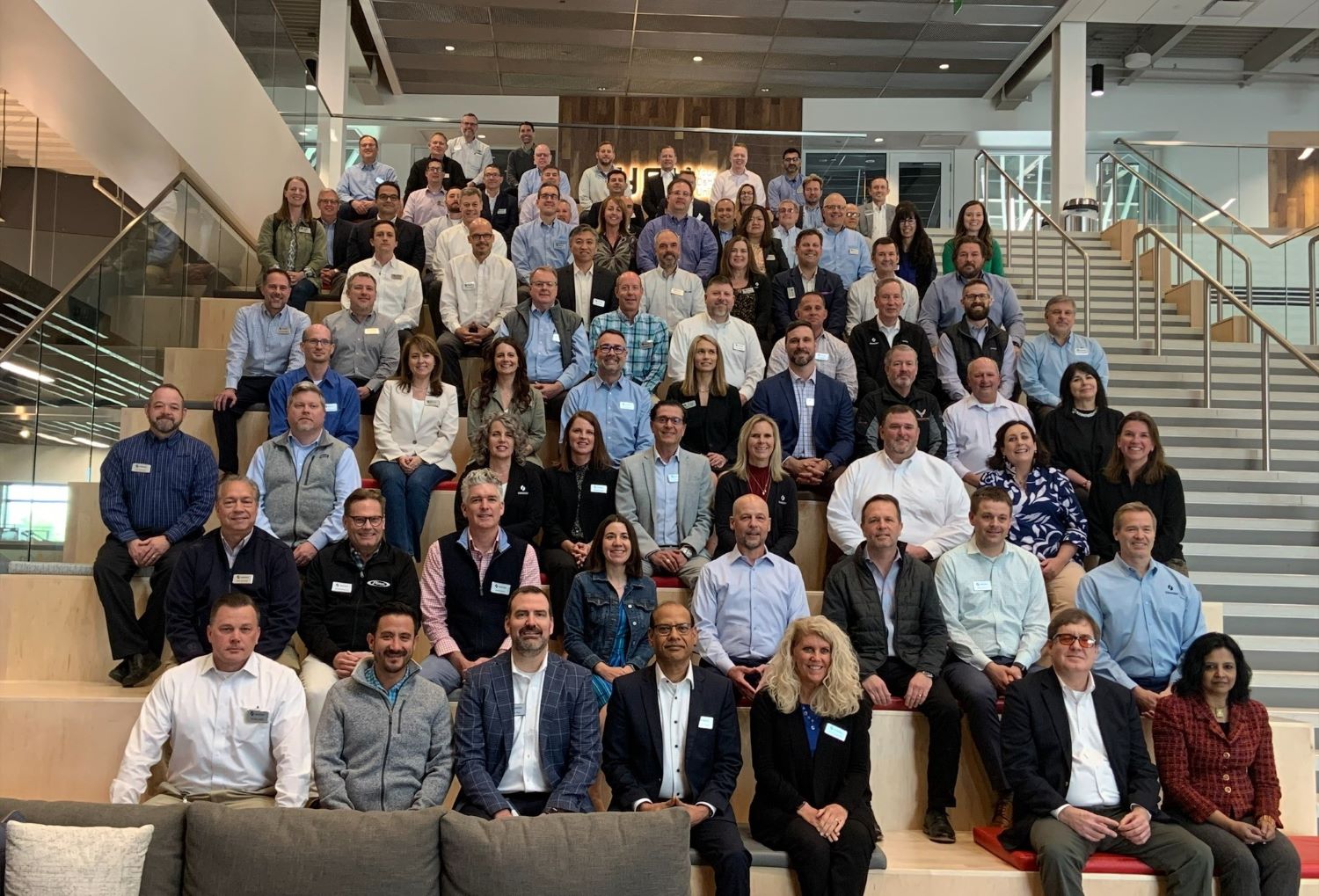
Oshkosh Corporation operates across four key segments, contributing to its diverse business portfolio.
The largest share of its net sales, nearly half in 2022, comes from the Access Equipment segment, encompassing business construction, lifts, telescoping equipment, forklifts, and towing and recovery vehicles.
The Defense segment follows as the second largest, while the Commercial segment handles products like dump trucks, garbage trucks, and cement mixers.
Though, it encountered difficulties, notably the setback of not securing a significant $9 billion contract for the Next Generation Joint Light Tactical Vehicle (JLTV).
The JLTV program, constituting over half of the annual defense revenues, is set to conclude production in 2024.
“We weren’t willing to supply the contract at zero or negative margin. That’s not the type of business that we run, and that’s why we didn’t win the contract. The US government says shrinking portion of our revenue right now, purely because presidential budgets are not appropriating as much money as they had been before to core tactical wheeled vehicles that the Department of Defense buys” – John Pfeifer emphasized.
Despite this, Oshkosh remains agile and forward-looking. In response to evolving market dynamics, it plans to bid on government contracts stemming from the Infrastructure Investment and Jobs Act signed into law by President Biden in 2022.
These contracts are expected to drive demand for Oshkosh’s purpose-built construction lifts and other specialized vehicles.
Strategic Electrification Initiatives: Beyond Postal Vehicles and Into Niche Markets
Oshkosh is at the forefront of electrification, expanding its portfolio beyond postal delivery vehicles and the Pierce brand.
One notable example is the electrified version of the Stryker, an airport rescue and fire-fighting vehicle. Despite facing challenges in the defense sector, the company secured a significant contract to manufacture the next generation delivery vehicle for the United States Postal Service (USPS).
With plans for a production ramp in the second half of 2024, the contract entails delivering up to 165,000 units.
Recognizing the challenges associated with electrification, such as charging infrastructure, Oshkosh is proactively addressing these issues.
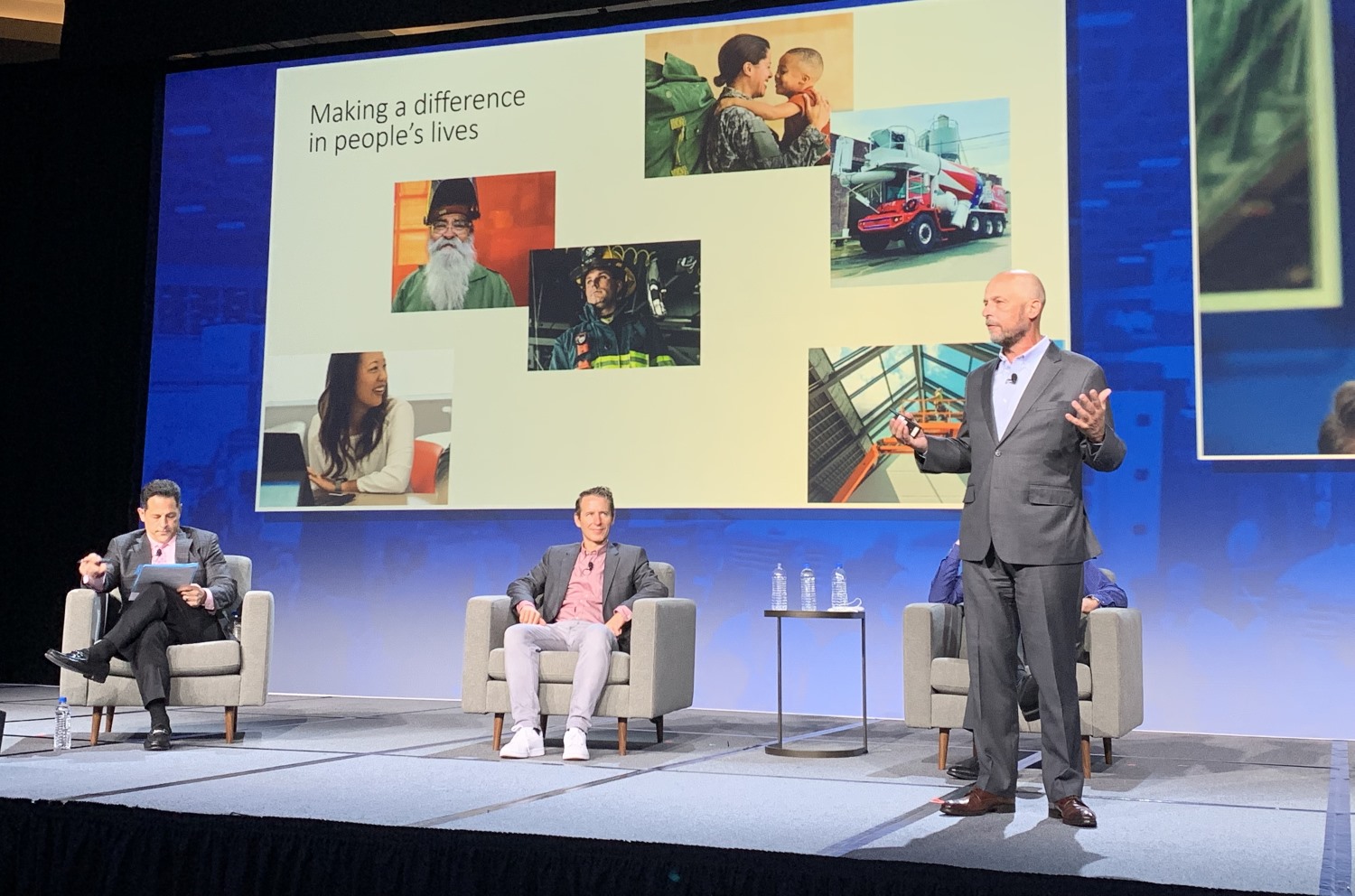
For instance, in construction sites where spare electricity supplies may be limited, the company is developing mobile recharging equipment that can be transported to work sites. Moreover, Oshkosh’s Volterra fire truck, equipped with both electric power and a backup diesel engine, is designed to meet its daily duty cycle primarily on electric power.
“There’s a fair amount of their served end markets that are going to electrify over the next 10 or 15 years. They’re fairly well positioned to make that transition because they don’t have a ton of really big global competitors. They’re very nichey end markets that they operate in. They tend to be the market leader in most of those. Those end markets electrify. Think these guys have an interesting opportunity to lead that charge.” – said Stephen Volkmann – Sr Machinery Analyst at Jefferies.
Bryan Brandt, Senior Vice President and Chief Marketing Officer at Oshkosh Corp., has outlined the company’s ambitious plans to intensify research and development in the field of electric vehicle (EV) technologies in the upcoming years.
Brandt expressed that Oshkosh is in the initial phases of this initiative and shared in written responses that the company anticipates allocating approximately $300 million for electrification endeavors spanning its diverse vehicle platforms.
Emphasizing electrification as a central focus of their technological advancements, Brandt highlighted Oshkosh’s commitment to robust investment and innovation in EV technologies.

